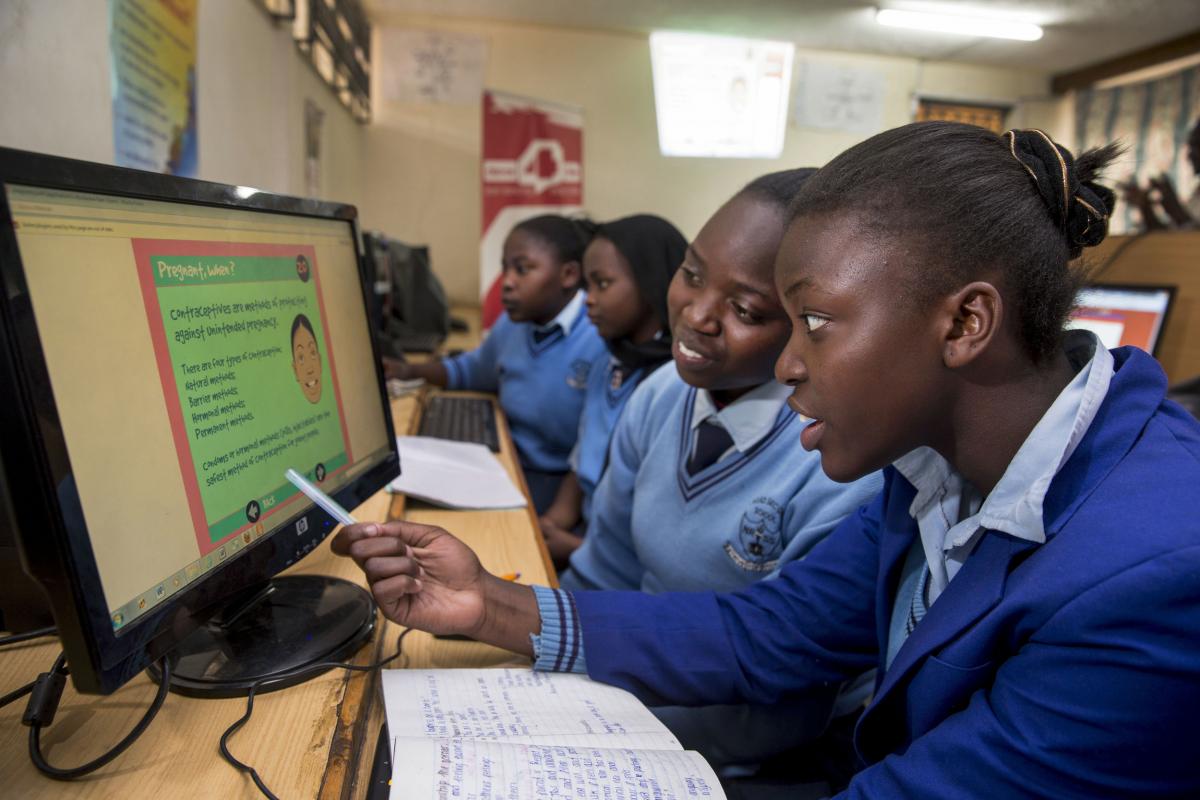
Four Kenyan counties have, for the first time, established multi-agency government task forces with action plans to address their high teenage pregnancy rates. The action plans commit to leverage resources for, address policy barriers to, and enhance efficiency in providing contraceptive information and services for young people aged 10 to 19. As of June 2019, the action plans are officially approved, and implementation is underway.
According to the 2014 Kenya Demographic and Health Survey, the percent of women aged 15 to 19 who had begun childbearing in the four counties is 18% (Kisii), 19% (Kakamega), 33% (Homa Bay), and 40% (Narok) [1]. In order to reduce early and unintended pregnancies among adolescents, Kenya’s National Adolescent Sexual and Reproductive Health Policy advocates for multi-sectoral and multi-pronged approaches, such as more funding and better coordination for improved information and services [2].
Building on years of existing advocacy work in the counties, beginning in May 2017, Advance Family Planning local partner Jhpiego Kenya—together with county departments of health and first ladies (governors’ spouses)—joined efforts to address the issue. They convened directors of county ministries of health; education; youth; gender affairs; and administration and justice to form inter-agency task forces to streamline coordination and adopt joint action plans. It was the first time that the different ministries came together to work toward a common cause.
The action plans, developed and approved between May and September 2018, differ based on each county’s needs. For instance, Homa Bay decided to develop sub-county action plans with sub-county directors and included youth representation in the planning process. In Kisii, county stakeholders agreed to conduct an integrated health outreach during the 2019 International Women’s Day (March 8th) in one of its sub-counties with the highest burden of teenage pregnancy. Sponsored by the Office of the First Lady, the county health department, Marie Stopes Kenya, the University of Maryland, Kisii University, and Agha Khan (ACCESS project), the outreach included reproductive health and family planning counseling and services. Nearly 130 clients received a modern contraceptive method at the outreach.
All four counties prioritize collecting more nuanced data on teenage pregnancy and are using the data to inform their action plans.
Following an AFP SMART orientation in October 2017, 16 county first ladies developed their own county-specific advocacy objectives on prevention of teenage pregnancy and are applying multi-sectoral action plans as a best practice. Going forward, they will continue to monitor adolescent pregnancy data at the county level and hold regular review meetings with the task forces to identify emerging advocacy issues. AFP will continue to strengthen the task forces and use them to inform the discourse on teenage pregnancy at the national level.
[1] Kenya Demographic and Health Survey, 2014. Kenya National Bureau of Statistics, Ministry of Health/Kenya, National AIDS Control Council/Kenya, Kenya Medical Research Institute, National Council for Population and Development/Kenya, and ICF International.
[2] National Adolescent Sexual and Reproductive Health Policy, 2015. Kenya Ministry of Health.

